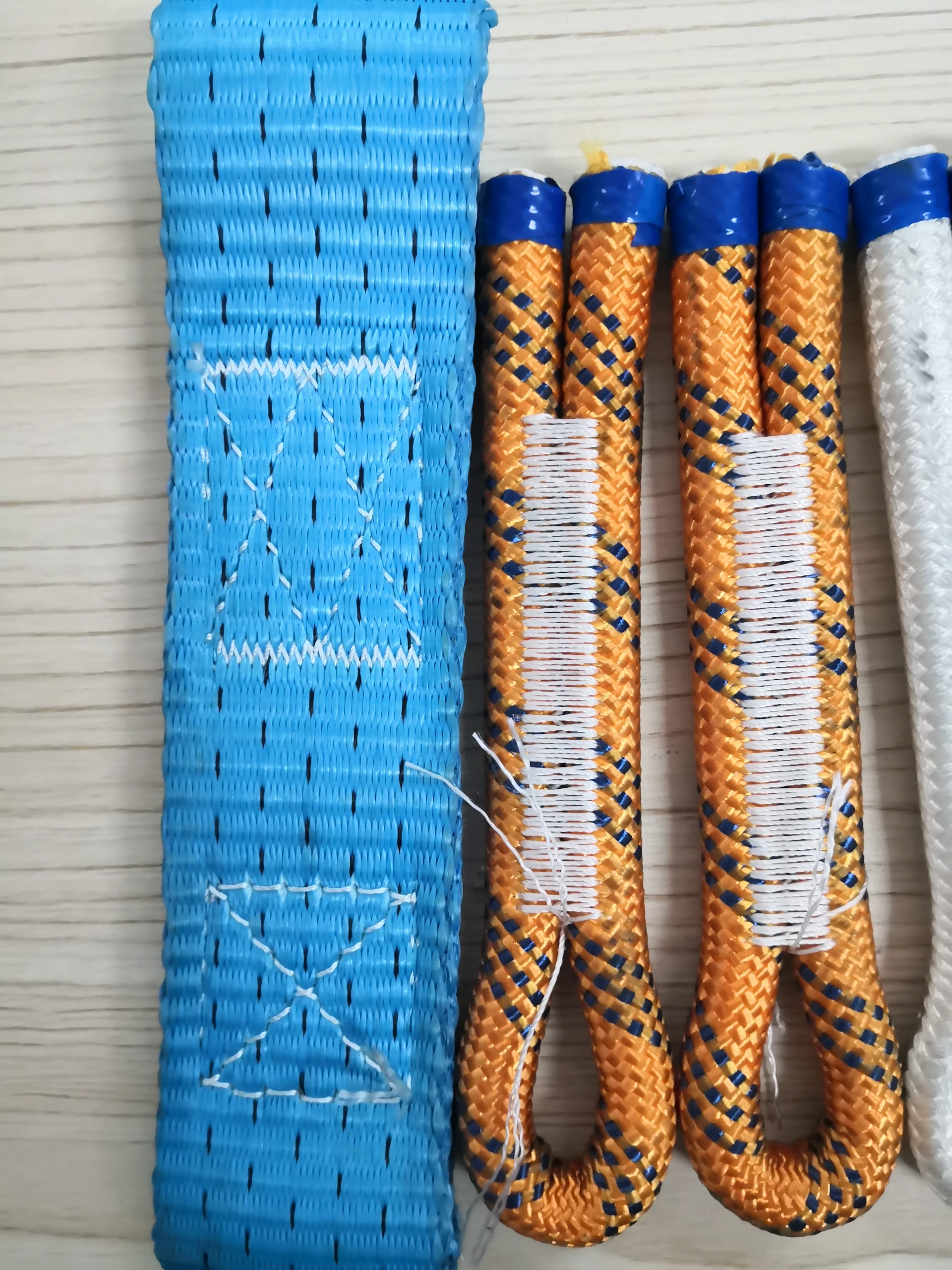sewing leather on a home sewing machine
Sewing Leather on a Home Sewing Machine
Sewing leather can often seem daunting, particularly for those accustomed to working with fabric. However, with the right tools, techniques, and a bit of practice, you can successfully sew leather on a home sewing machine. In this article, we will explore the essentials you need, the steps to take, and some tips to help you create beautiful leather projects.
Understanding Leather Types
Before you begin sewing, it's important to understand the types of leather available. Leather can vary significantly in thickness, texture, and flexibility. Common types include
1. Upholstery Leather Thick and durable, ideal for bags and furniture. 2. Garment Leather Softer and more flexible, this type is perfect for clothing and smaller accessories. 3. Suede Made from the underside of the hide, it's soft and velvety, typically used for fashion items.
Choosing the right type of leather for your project is crucial, as each type behaves differently when sewn.
Preparing Your Workspace
To effectively sew leather, prepare your workspace. A clean, flat surface will help manage your materials. Additionally, ensure you have good lighting, as leather can be dark and hard to see, making precision work difficult. It’s also beneficial to gather all necessary tools before getting started
- A high-quality leather needle (usually a size 90/14 or 100/16) - Polyester or nylon thread, as it is more durable than cotton - Leather scissors or a rotary cutter for clean cuts - Clips or a glue for holding leather pieces together (avoid pins, as they can create holes) - A walking foot, if available, to help feed the leather through the machine evenly
Setting Up Your Sewing Machine
Setting up your sewing machine for leather involves several important adjustments
1. Needle Change Use a specialized leather needle, which has a wedge-shaped point to pierce through the material cleanly without causing damage. 2. Thread Selection Opt for a strong thread like polyester, which can withstand the tension and resistance of leather.
3. Stitch Length Increase the stitch length to about 3-4 mm. A longer stitch helps prevent the leather from tearing and allows for a better grip.
sewing leather on a home sewing machine

4. Tension Adjustment Leather can be dense, so you might need to adjust the tension on your machine to ensure that the stitches are even and secure.
Cutting Leather
When cutting your leather, accuracy is critical. Use a ruler and a rotary cutter for straight edges, and ensure that all pieces are cut according to your pattern. It can be helpful to mark the leather with chalk or a fabric marker that won’t stain, allowing you to see your cut lines clearly.
Sewing Techniques
When you start sewing, here are some techniques to keep in mind
- Test on Scraps Always practice on scrap leather before working on your main piece. This will let you iron out any issues with tension and stitch quality.
- Sew Slowly Leather can be tricky, so take your time. Sew at a slower pace to maintain control and ensure that your stitches are consistent.
- Use a Walking Foot If you have one, a walking foot will greatly aid in feeding multiple layers of leather through your machine evenly. This is particularly helpful for thicker projects.
- Bind Edges To create a professional finish, consider using bias tape or leather binding on the edges of your project. This not only reinforces the edges but also adds an attractive detail.
Finishing Touches
Once you have sewn all the pieces together, finish your project with some final touches. Trim any excess threads, and if applicable, condition the leather with a suitable product to keep it soft and prevent it from drying out. Lastly, carefully inspect your work to ensure everything is secure and properly aligned.
Conclusion
Sewing leather on a home sewing machine is a rewarding endeavor that can lead to the creation of beautiful and functional items. By understanding the type of leather you are working with and setting up your workspace and machine correctly, you can achieve excellent results. With patience and practice, you’ll find that sewing leather can be an enjoyable and creative process, opening up a world of possibilities for fashion, home decor, and handcrafted gifts. So gather your materials, take a deep breath, and dive into your leather sewing project—your creations await!
-
Boost Production Efficiency with a Pattern Sewing MachineNewsAug.29,2025
-
Industrial Excellence with the Best Heavy Duty Sewing MachineNewsAug.29,2025
-
Precision and Power with the Best Pattern Sewing MachineNewsAug.29,2025
-
Reliable Bulk Packaging Starts With the Right FIBC Sewing MachineNewsAug.29,2025
-
Advanced Packaging Solutions: Elevate Productivity with Jumbo Bag Sewing Machine and Industrial Stitching EquipmentNewsAug.29,2025
-
High-Performance Solutions for Bulk Packaging: FIBC Sewing Machine and MoreNewsAug.29,2025
-
Maximize Efficiency with an Industrial Cylinder Arm Sewing MachineNewsAug.28,2025


























